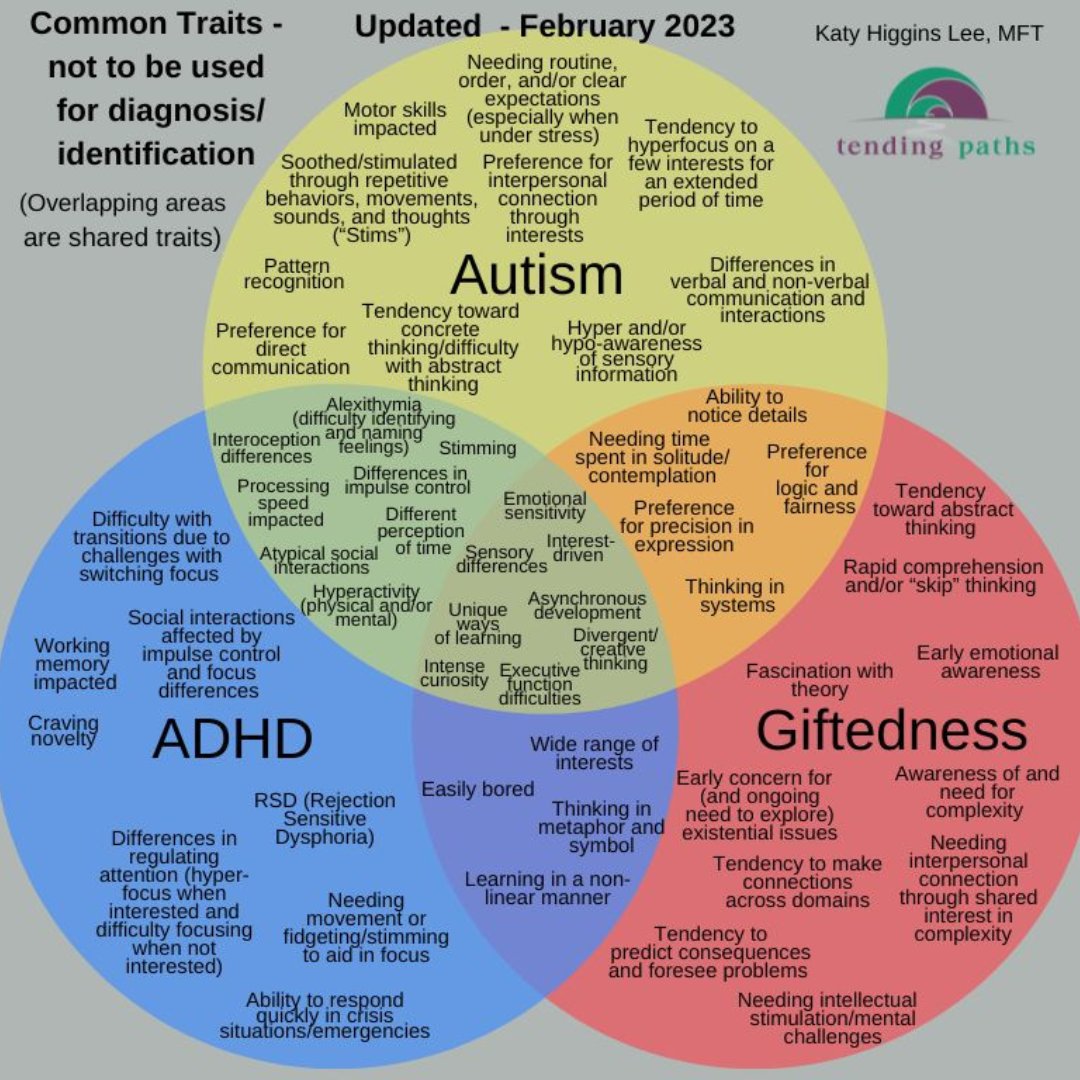If you can harmonize your product or service with something that is culturally or topically popular, you can bring your target audience into an additional “fond bond” relationship.
A hobbyist I know here in the Pacific Northwest crochets. She is presently crocheting feverishly to keep up with the demand for Seattle Seahawks hats, shawls, and wall hangings. Before the Hawks won the Super Bowl, she was crocheting a few here and there but, since they won, she has additional orders to fill. Lots of businesses are on the Seahawks bandwagon right now–including at least one bank that I know of.
When you think of harmony, you probably think of music, colors, wardrobe, or tastefully rendered neighborhoods with what is essentially the same house painted different colors. Or a beautiful becalmed lake or cottage setting. Or fractal images.
What harmony does is make people feel good about where they are. Harmony causes people to feel calmer physically and emotionally than they otherwise would. Harmony is a natural result of the sense that “everything is in its place and I feel safe here”.
Becoming harmonious with your target audience’s sensibilities, passions and pain points helps you “fit in” (even though you need to stand out, too, to prove your uniqueness from their other “suitors”). When you harmonize, people feel you also empathize and sympathize–that you “get” them where they live and will have their backs when they have a need.
Bobby Darin (who first sang Mack the Knife and other iconic hits) became famous only after he elected to “harmonize” with the music culture of his era. It wasn’t his desire to write and perform Splish Splash I Was Takin’ a Bath but his preferred way of singing wasn’t being produced by the music industry at that time. So he adapted, made a bundle on Splish Splash , earned a fan following, and then went ahead and produced the kind of albums he wanted to produce.
Many well-known motion picture producers and writers have done the same thing: made the pieces the studio wanted, put the money they earned in the bank, and then went out on their own to make the movies they wanted to make. (Two of the most successful examples are Mel Gibson’s The Passion of the Christ and Kevin Costner’s Dances with Wolves.)
By harmonizing with a need, you get the income you need to do what you most want to do, you establish rapport with your target audience, and you get a significantly-improved chance of building a “fan base” that will follow you to the ends of the earth (and share your virtues “virally”) when you do segue to the thing you love doing most.
By understanding your marketplace, you can find ways to harmonize your product or services with it. Do that, and you’ll get ahead of the game and stay there.




